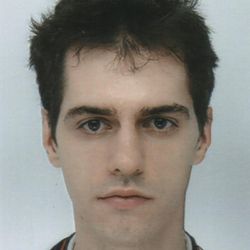Has some of the best map data available for the United Kingdom, but their data appears to be proprietary?
Maybe the most famous one is Mycoplasma genitalium byt there are others, and notably with lower biosafety levels:
The product of a exponential of the compact algebra with that of the non-compact algebra recovers a simple Lie from its algebra by  Ciro Santilli 37 Updated 2025-07-16
Ciro Santilli 37 Updated 2025-07-16
Furthermore, the non-compact part is always isomorphic to , only the non-compact part can have more interesting structure.
It represents an internal state of the junction.
One is reminded of Nick Leeson.
One things must be said: the root cause of all of this is the replication crisis.
This is why he managed to go on for so long.
There are unlisted articles, also show them or only show them.